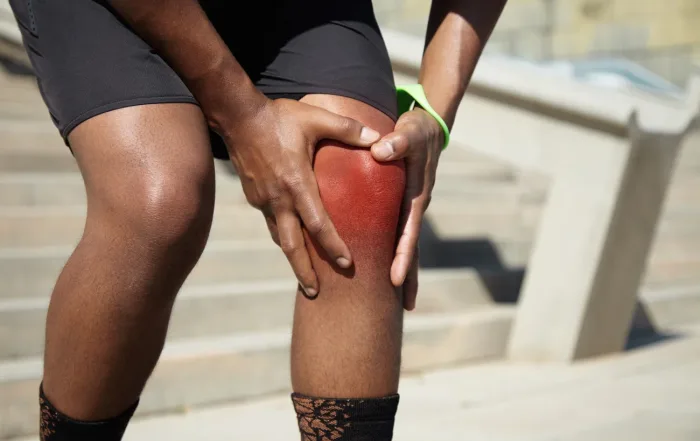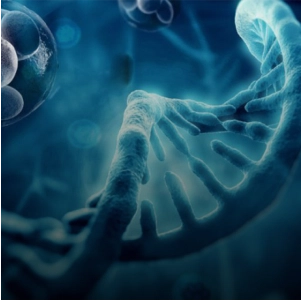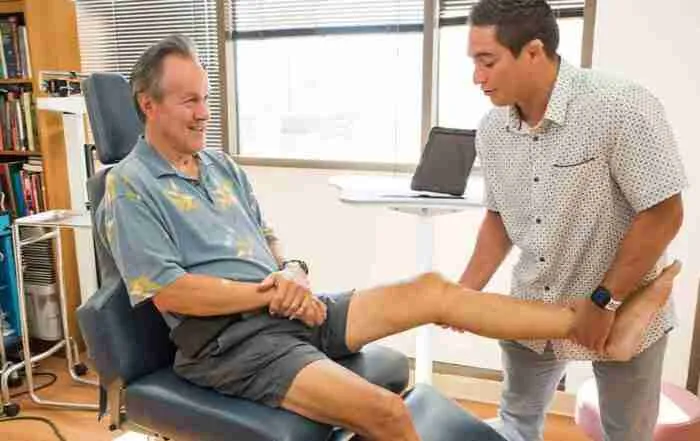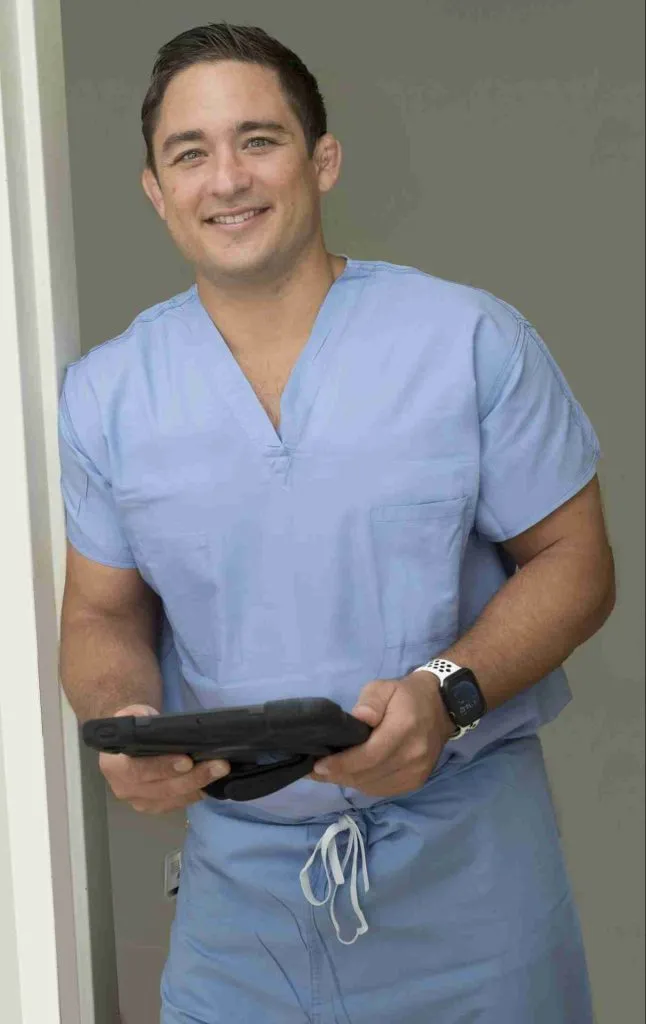What is the Clavicle (Collarbone)?
How does Someone Break their collarbone?

What does a Collarbone Fracture Feel Like?
Diagnosis

How to Treat a Clavicle Fracture
Non-Operative
Non-operative management is ideal for people whose fracture is relatively nondisplaced, meaning that the fractured pieces have not significantly shifted. Non-operative management revolves around rest, pain management, and ultimately physical therapy. Typically, patients will rest their arm using a sling while the clavicle heals. Pain relief can be accomplished through medications, like acetaminophen, or other measures, like ice. Eventually, physical therapy can help strengthen the joint. Physical therapy should be done with qualified professionals. It is important to slowly build strength and improve mobility as tolerated. The disadvantage of non-operative management is that it increases the risk of malunion. A malunited bone is one that has not shown evidence of bone healing.
Surgical
Surgical treatment is well-suited for people whose clavicle fractures are displaced and need to be shifted back into the proper position. Surgery can involve plates or pins and screws. Some surgeons favor plates and screws because certain studies have demonstrated that plates improved shoulder scores more than other methods, particularly with unstable fractures. In other situations, some surgeons may favor pins because the incision is smaller. Like non-operative management, surgical management will most likely involve physical therapy. Physical therapy helps improve the strength and mobility of the joint as it continues to heal. The disadvantages of surgery are the complications associated with surgery. These include infection, blood loss, blood clots, and complications secondary to anesthesia.
Conclusion
Frequently Asked Questions About Clavicle Fractures (FAQ)
It can take up to 3 months for your collarbone to completely heal. Dr. Morton will obtain regular x-rays to evaluate the healing of your clavicle fracture. Many patients are no longer in pain within the first 1 to 2 months. Range of motion activities and physical therapy can accelerate your recovery.
Orthopedic surgeons used to treat many patients with figure-of-eight braces. We found out that these braces do not make an impact on the final outcome or healing rate of broken collarbones. Most orthopedists have abandoned the practice of using a figure-of-eight sling. We commonly treat people with a regular sling until they are comfortable moving their arm on their own.
Related Pages
The Role of PRP in Treating Sports Injuries for Athletes
In the competitive world of sports, athletes constantly push their bodies to the limit, which, unfortunately, often leads to injuries. The quest for effective and swift recovery solutions is ongoing from tendonitis and [...]
CBD in Orthopedic Practice: Enhancing Recovery and Well-being Beyond Opiates
The integration of Cannabidiol (CBD) in orthopedic practice offers a promising alternative to traditional opiate-based pain management.
Regenerative Medicine in Honolulu, Hawaii: The Benefits of Orthobiologic Injections
Regenerative Medicine in Honolulu, Hawaii: The Benefits of Orthobiologic Injections Regenerative Medicine Expert Board-Certified Orthopedic Surgeon Nonoperative and operative treatments available High success rate in providing joint injections [...]
Alternatives to Knee Replacement Surgery
Pain Treatment Options There are many different causes of knee pain, including arthritis, patellofemoral syndrome, ligament injury, meniscus tears, and cartilage injury. Treatment for arthritis and many other types of knee pain usually [...]
Medial Knee Pain Treatment – 10 Common Causes of Medial Knee Pain
Pain is a critical part of our evolution. It works as a message from our brain to make us aware that something is wrong with our body requiring immediate attention. The knee joint comprises [...]
Ankle Sprains and How to Treat Them
Consult Dr. Morton Today! (808)439-6201 The Queen’s Medical Center POB 1, Suite 808 1380 Lusitana Street Honolulu, Hawaii 96813 [email protected] [...]







